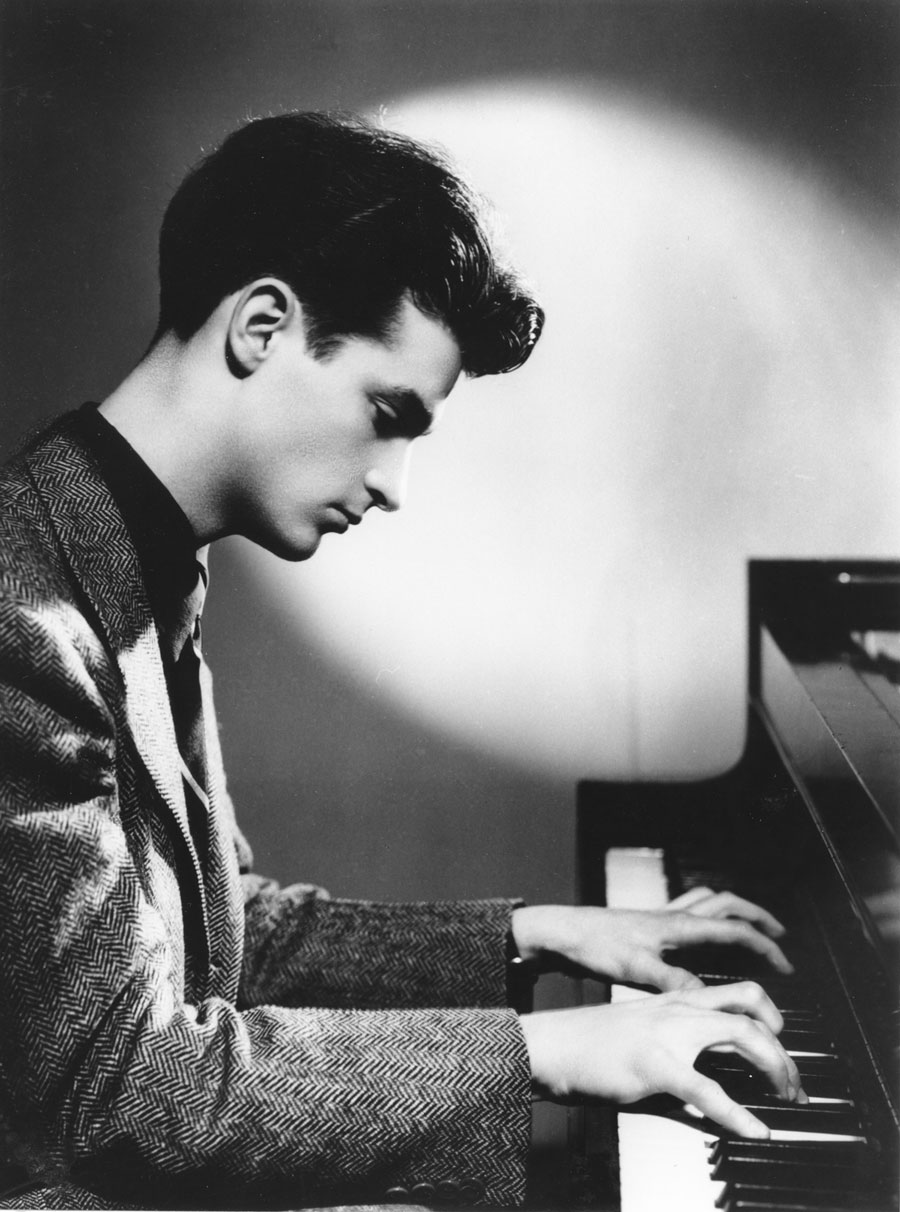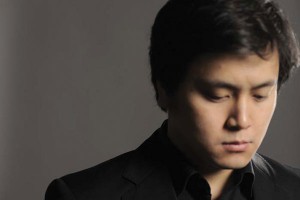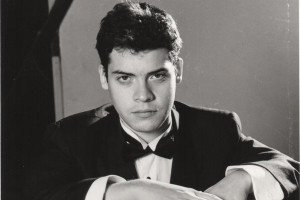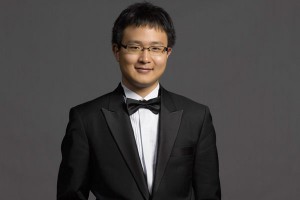The Preliminary Round is Over
The Kapell Competition’s preliminary rounds were spread over three days – the only way to hear 24 pianists play 30 minutes of repertoire each without fatalities on the jury and perhaps the audience as well. One fact becomes immediately apparent from such an undertaking: there are a lot of excellent young pianists around. This should give folks like Norman Lebrecht and other predictors of the demise of classical music something to think about. These young artists are enthusiastic champions of the art form and in terms of audience, I think people have always come to classical music later in life when they go looking for real meaning as opposed to just entertainment. In any case, we’ll see. Personally, I’m not too worried.
Among the performers here there are several with genuine star potential, and many more with the ability to inspire others to become interested in concert music. Some time around 4pm today the jury will announce nine semi-finalists. It’s 2:45 now so I’m going to go out on a limb and list my choices (in the order in which they played) to advance to the next round. Once caveat: due to the notorious Washington Beltway traffic, as well as a certain confusion of mind as to the actual start time of Round Three, I missed Diyi Tang’s performance entirely, and I only heard Maria Sumareva’s via closed circuit TV in the lobby since I arrived after she began — clearly not the best way to make a judgement, so if either or both of them deserved to be mentioned here, I can only apologize and look forward to hearing them in the next round.
The first name on this list is bound to be controversial. Julia Siciliano is a consummate musician who played very beautifully… except when she didn’t. Nemesis stalked her through the Chopin Fourth Scherzo. Its skittering leaping chords, which appear in I don’t know how many transpositions in the course of the piece, are a memorization death trap and Ms. Siciliano fell in. Twice. She climbed out, however, with elegance and grace and not the slightest effect on the rest of her performance of the piece or the remainder of her program — an absolutely engrossing and flawlessly played Waldstein Sonata, the equal of any I’ve heard. I hope the jury will cut her enough slack to continue.
Younggun Kim is indeed, as his name implies, a young gun. He has blazing technical capacity and a lush sound supported by a natural phrasing sense and an appreciation of the differences in approach required to project the music of Haydn – a little dry for my taste, but more about that in a later post about the pianos. Kim’s Poulenc Novelettes shimmered with beautifully balanced voicings, and Prokofiev’s war horse Seventh Sonata was spiky and rhythmically driven but still played with full, beautiful tone.
Chilean pianist Gonzalo Paredes began with a sprightly performance of the first movement of Haydn’s big C Major sonata (Hob. XVI:50). When I say sprightly I really mean fast, perhaps a little too fast, but perfectly controlled and bravely pedaled according to Haydn’s long markings. Two pieces from Bartók’s Out of Doors Suite followed. The Night’s Music was appropriately buggy, The Chase quite spectacular. Liszt’s Variations on a Theme of J. S. Bach had the rapt audience eating out of Paredes’ extremely capable hands. He has more than a little of his great countryman Claudio Arrau’s depth of sound and he uses it to great effect.
Steven Lin is a phenomenon. He seems effortlessly to do things which might reasonably be assumed to be impossible. He is surely one of the most gifted technicians around, and that includes most of the professional pianists performing today. This is not hyperbole; you have to hear him to believe it. His Haydn Sonata, the same C Major as Mr. Paredes’, was playful and sparkling, and Mr. Lin milked it for every opportunity to do something remarkable. He sometimes skated close to the outer bounds of good taste, but he never really crossed it, and, it has it be said again, it really was remarkable. He followed this with a jaw-dropping account of Liszt’s very ungrateful Don Juan Fantasy — a piece I will readily admit that I detest. In 40 years I never heard a performance of it that sounded like anything but a confused noise from without, that is until yesterday just before 11am when Mr. Lin set everything right. Indescribable. And I can’t wait to hear more.
Yekwon Sunwoo gave us a clear and well proportioned version of Beethoven’s Sonata Op. 27, No. 1, the companion piece to the more famous “Moonlight” Sonata, and one of Beethoven’s loveliest. One thing puzzles me — and I’ll admit it’s a nit-pick, but the other pianist who played this work did the same thing — and that is the unauthorized (at least by Beethoven) appearance of staccato notes in the left hand in measure 4. OK, ok, it’s a minor thing, but it spoils the surprise when they do appear in the next measure. Somebody should kill this before it spreads. Ravel’s La Valse stretches anyone’s technical abilities to the limit, but it didn’t seem to disturb Mr. Sunwoo in any way. He gave a whirling, kaleidoscopic account that never lost sight of the basic waltz rhythm.
Jee In Hwang produced a massive Rachmaninoff Corelli Variations, a glittlering Jeux d’eau and a solid Les Adieux Sonata, although the first movement was not improved by a tempo which strained the upper limits of musicianship. Misha Namirovsky’s Schubert suffered from too much una corda pedal — it seems to be the fashion these days to show how softly you can play and a number of competitors are overusing it — but his Rachmaninoff, Debussy and particularly his Scriabin Fourth Sonata with its devilish Prestissimo volando were awfully good. Jun Sun played a rather uninterested account of Haydn’s Sonata No. 33 but Godowsky’s fabulous elaboration of the Strauss waltz Wine, Women and Song had a technical command you couldn’t argue with. The problem with the Godowsky transcriptions is that pianists nowadays take them too seriously. There was a lot of mooning over the opening riffs and other inconsequentials. Sometimes it is just noodling. Guilliaume Masson is another of the una corda addicts, but his takes on Mozart, K. 330 and Liszt’s Après un lecture de Dante were highly original and, well, pretty convincing. Canope, Debussy’s evocation of an Egyptian burial jar, was magically still and mysterious. And now, time to await the real jury’s decision.
July 12, 2012 — 2:45pm







